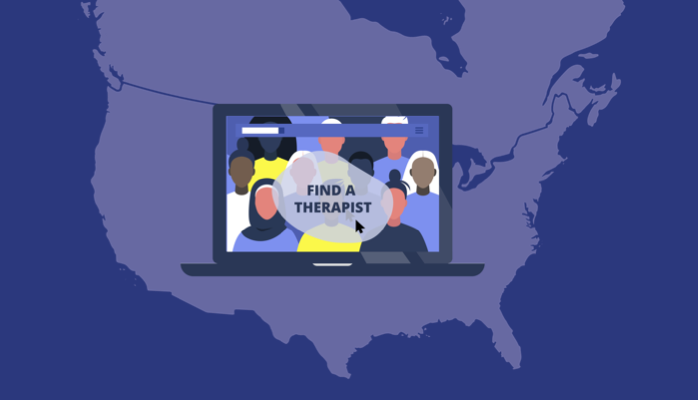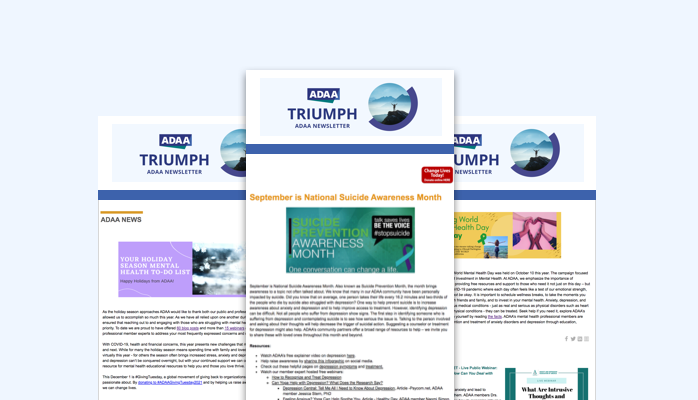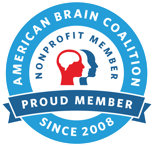Recognizing an anxiety disorder in an older adult can be challenging. Aging brings a higher prevalence of medical conditions, concern about physical problems, and a greater use of prescription medications. Some symptoms of anxiety may include headaches, back pain, or a rapid heartbeat. As a result, separating a medical condition from symptoms of an anxiety disorder is more complicated.
Diagnosing anxiety in people with dementia can be difficult, too. Impaired memory may be interpreted as a sign of anxiety or dementia, and fears may be excessive or realistic.
Older adults are often reluctant to report symptoms of anxiety because they grew up in a time when mental illness was stigmatized. Also, they often face the loss of friends and relatives, decreased mobility, greater isolation, and other increasingly stressful situations. To help identify anxiety, it may be useful to phrase questions in the following way:
To identify anxiety
- Can you say what triggers your feeling anxious?
- Have you been concerned about or fretted over a number of things?
- Is there anything going on in your life that is causing you concern?
- Do you find that you have a hard time putting things out of your mind?
To identify how and when physical symptoms began
- What were you doing when you noticed the chest pain?
- What were you thinking about when you felt your heart start to race?
- When you can't sleep, what is usually going through your head?











